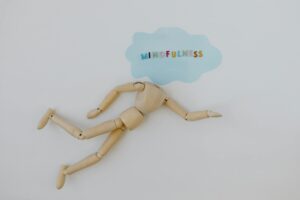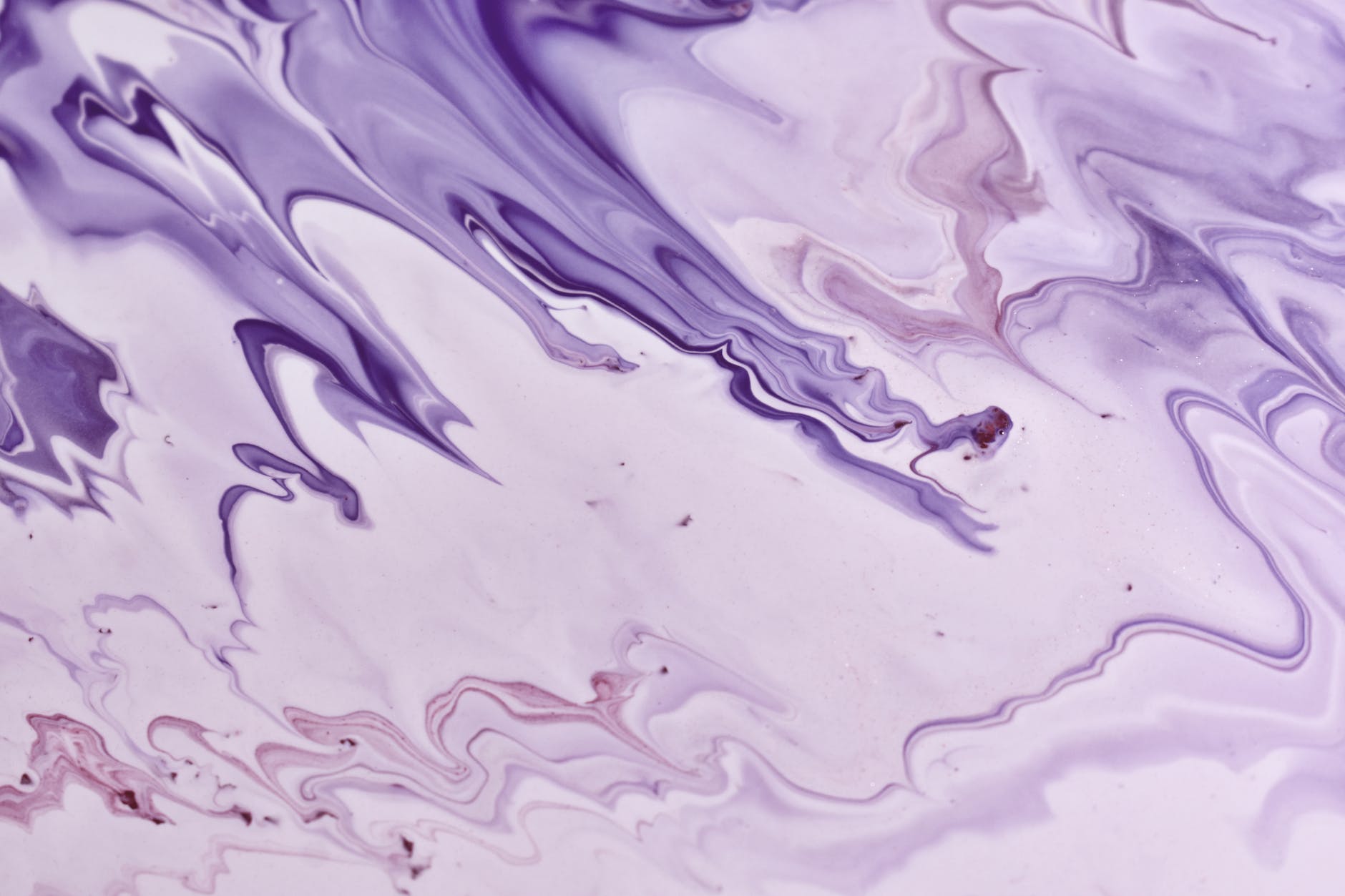The fusion of psychedelics and art runs rich with indelible, vibrant patterns, intoxicating fluidity, and indescribable geometric euphoria piercing traditional aesthetics—signatures of what we now coin as psychedelic aesthetics. However, psychedelic influence is not localized only within the framework of art in the traditional sense but expands into other areas, inherently manifesting within popular culture through counterculture art, transcending towards popular music – psychedelic posters, and psychedelic album covers.
Rooting itself within the 1960s counterculture movement, the psychedelic influence in art became a medium not only to express the inexplicable, subjective nature of a psychedelic experience but also delivered a potent message to society. Kicking against conventional values and authoritarian establishments, counterculture art showcased a blossoming fascination for the surreal, embodying the transformative nature of art as a reflection of altered states.
The intertwining thread between art and LSD cannot be dismissed, with many artists affirming the psychedelic experience creating a profound shift in their artistic approach. For example, Kerry Thornley, a renowned counterculture writer, famously stated, “If LSD was a tool with which to explore consciousness, counterculture was the canvas on which we painted our discoveries.” This encapsulates the essence of the psychedelic influence on art movements—a push for exploration and reinvention which permeates creative endeavors.
This exploration extends into the world of music through psychedelic posters and album covers, embodying the vibrancy of the genre. The devotion to intricate design, hypnotic color palettes, and elements that mesmerizingly leap off the page characterize classic works of influential figures, like Stanley Mouse and Alton Kelley. The music courted the public’s eye as a visual sound, a chromatic melody, emphasizing the transcendence within music but also reflecting the socio-political movements of the time.
Psychedelics also found their place within the surrealist movement, where artists, like Salvador Dali, explored subconscious landscapes invoking wonder, mysticism, anxiety, and tranquility all in tandem. Famed surrealist, Ernst Fuchs, became a seminal figure in developing the visionary art movement, which became a vibrant manifestation of the human imagination. In Visionary Art, the outermost extents of human consciousness are encapsulated in unprecedented artistic portraits that reflect the complex nature of psychedelic experiences.
Moreover, the transcendent experiences induced by psychedelics greatly permeate the fabric of art movements. As creative minds delve deeper into the wisdom of the cosmos to unearth fresh visions, bridges between the spiritual world and the contemporary reality are built, facilitating a dialogue about consciousness and human existence.
In a truly cyclical nature, not only does art explore psychedelics, but also psychedelics themselves became a canvas through blotter art—a delicate decoupage of acid tabs laced with intricate, vibrant artwork. Artists like Ken Kesey pushed the boundaries of psychedelic influence through their work—a blend of both visual aesthetics and the psychoactive substance itself.
The vast terrains of psychedelic exploration and resulting art movements continue to deliver powerful messages about divergent thinking and the pursuit of transformed outlooks within society. Whether through the window of a dreamy surrealist painting, a hallucinogenic swirl of an album cover, or a counterculture poster, psychedelics have indelibly left us a world teeming with color, liberating thought, and a call for transcendence.
Conclusively, the impact of psychedelics on art movements stretches beyond mere aesthetics. It unlocks an exploration of the inner psyche, envisions transformative realities, and fosters an understanding of our shared and unique experiences. Whether it’s a dash of euphoria splashed onto a canvas or a crumbled up tab of blotter art, the kaleidoscopic thread continues to weave itself, affirming its rich influence on art movements past, present, and likely, future.






